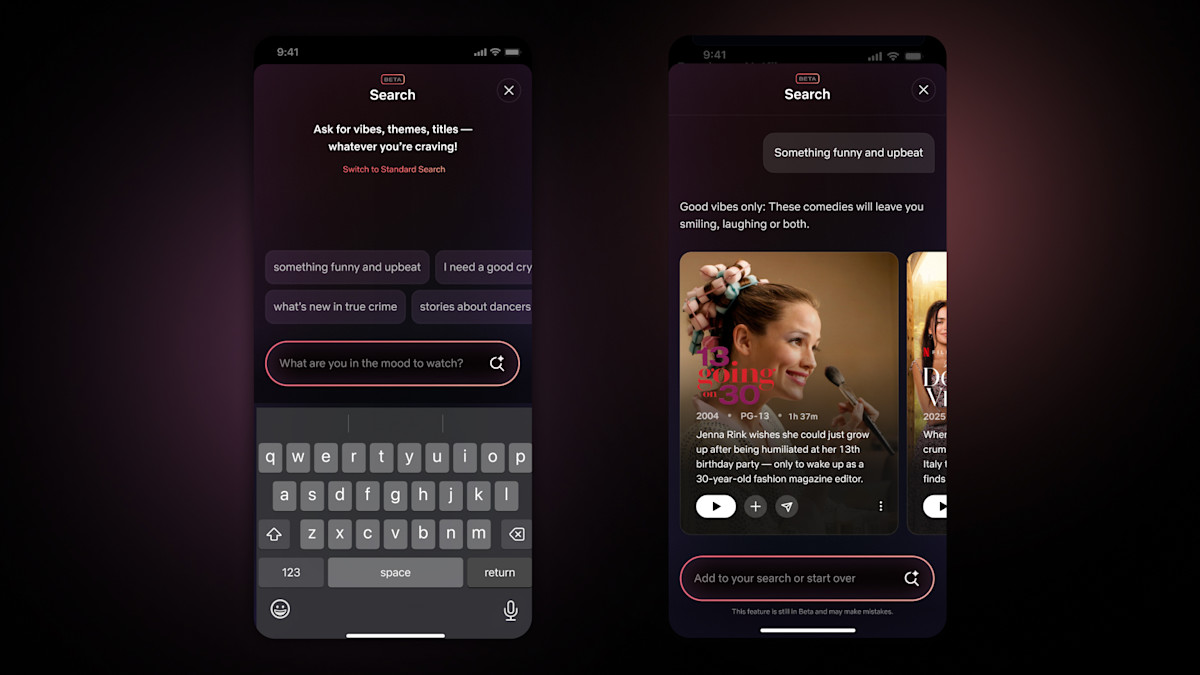Georgia Tech Researches Graphene Terahertz Antennas
Graphene seems to be finding applications in a wide variety of electronic devices, so it isn't surprising that researchers are looking at its use in antennas. MIT Technology Review's David Talbot writes Graphene Antennas Would Enable Terabit Wireless Downloads – Researchers calculate the potential of using graphene for ultrafast wireless communications. These antennas are for very short range communications at terahertz frequencies, not TV reception or even medium range Wi-Fi.
A terabit-per-second transmission could be done at a range of about one meter using a graphene antenna. Ian Akyildiz, director of the broadband wireless networking laboratory at Georgia Tech and his colleagues have calculated that at even shorter ranges, such as a few centimeters, data rates up to 100 Tbps are theoretically possible.
The MIT article said, “To make an antenna, the group says, graphene could be shaped into narrow strips of between 10 and 100 nanometers wide and one micrometer long, allowing it to transmit and receive at the terahertz frequency, which roughly corresponds to those size scales. Electromagnetic waves in the terahertz frequency would then interact with plasmonic waves--oscillations of electrons at the surface of the graphene strip—to send and receive information.”
In late February Extremetech.com reported Samsung funds graphene antenna project for wireless, ultra-fast intra-chip links. John Hewitt's article has graphics showing how such a terahertz antenna could be constructed.
I found more details on the design of the antenna and the mathematics behind it in the paper Graphene-based nano-patch antenna for terahertz radiation authored by Ignacio Llaster, Christian Kremers, Albert Cabellos-Aparicio, Josep Miquel Jornet, Eduard Alarcon, and Dmitry N. Chigrin. That paper notes that integrated systems the size of a few micrometers cannot be achieved simply by reducing the size of metallic antennas “due to the low mobility of electron mobility of electrons in nano-scale metallic structures and especially the use of very high resonant frequencies (up to infrared and optical range), which would result in a huge channel attenuation and the difficulty of implementing nano-transceivers operating at such a high frequency.”
While the advantages of using graphene antennas at terahertz frequencies are obvious, I wonder if they could be used to improve the performance of antennas operating at much longer wavelengths, such as those used for broadcasting. The ability to have very thin, but very low-loss elements may provide benefits in some future broadband antenna design.
Get the TV Tech Newsletter
The professional video industry's #1 source for news, trends and product and tech information. Sign up below.
